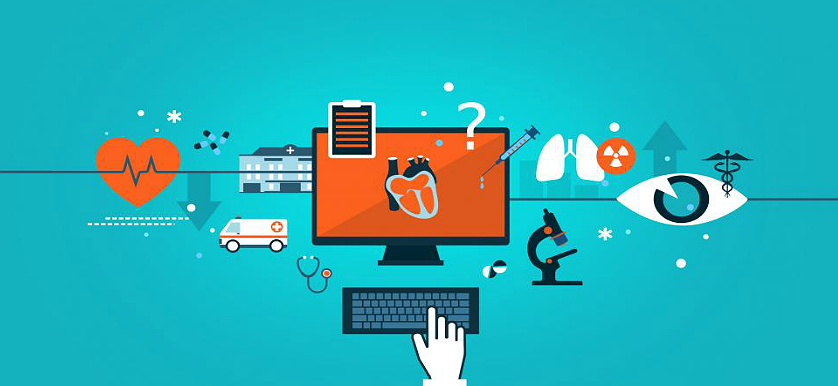The App that Could Save Lives and Battle Cancer

The Garvan Insitute of Medical Research in collaboration with Vodafone Australia have developed a new mobile phone app, called DreamLab and that can possibly aid in finding the cure for cancer.
But how exactly does this app work?
It is pretty simple and straightforward. While your phone is charging, it automatically downloads genetic sequencing profiles provided by the Garvan Institute. These profiles are then processed using the smartphone’s CPU and sent back to the institute to be used in cancer research.
Being quite the versatile tool, it allows the user to choose which type of cancer to support – breast, ovarian, prostate or pancreatic. What is more, the user can select how much mobile data the app uses every month. Even though this information represents just a small contribution, researchers hope that it will help complete the bigger picture.
Researchers compared the app to a supercomputer. Why? Because with 100,000 app installs, researchers would be able to process data 3,000 times faster than at present. With 5 million users, that number would increase to 150,000 times.
Nevertheless, this is not the first time an app “has harnessed dormant processor power for philanthropic aims”.
The more, the merrier
One other app, SETI@Home uses a similar method to capture data about extraterrestrial intelligence. The app uses radio telescopes to listen for narrow bandwidth radio signals from space. Because such signals don’t occur naturally in our world, detecting them may provide evidence of extraterrestrial technology. The data includes noises from celestial sources, receiver electronics, TV stations, radar and satellites.
As the data is difficult to analyze, SETI does it digitally and increased computing power enables searches to cover greater frequency ranges.
Folding@Home, created at Stanford University, is another app that has used similar models to gain and control power.
By borrowing processing power, this app tries to search for groundbreaking cures for diseases such as Alzheimer’s, cancer and infectious diseases like Ebola.
Apart from these, HTC Power To Give and Charity Engine also perform similar functions. Charity Engine employs thousands of computers to split expensive computing jobs into thousands of smaller pieces, each small enough for a PC to work on as a background task.
Once each PC has finished its part of the puzzle, it sends back the correct answer and earns money for charity.
John Mattick, Director of the Garvan Institute, admitted that they need enormous processing power and that “the future of medical research, the future of healthcare is going to be about the use of data”.
DreamLab researchers are nonetheless optimistic and believe that the trend for passive altruistic computing will slowly, but surely gain popularity and thus help researchers in their quest to finding cures and truths, as the case may be.
Image source:

Tags: Healthcare performance, News, Technology





